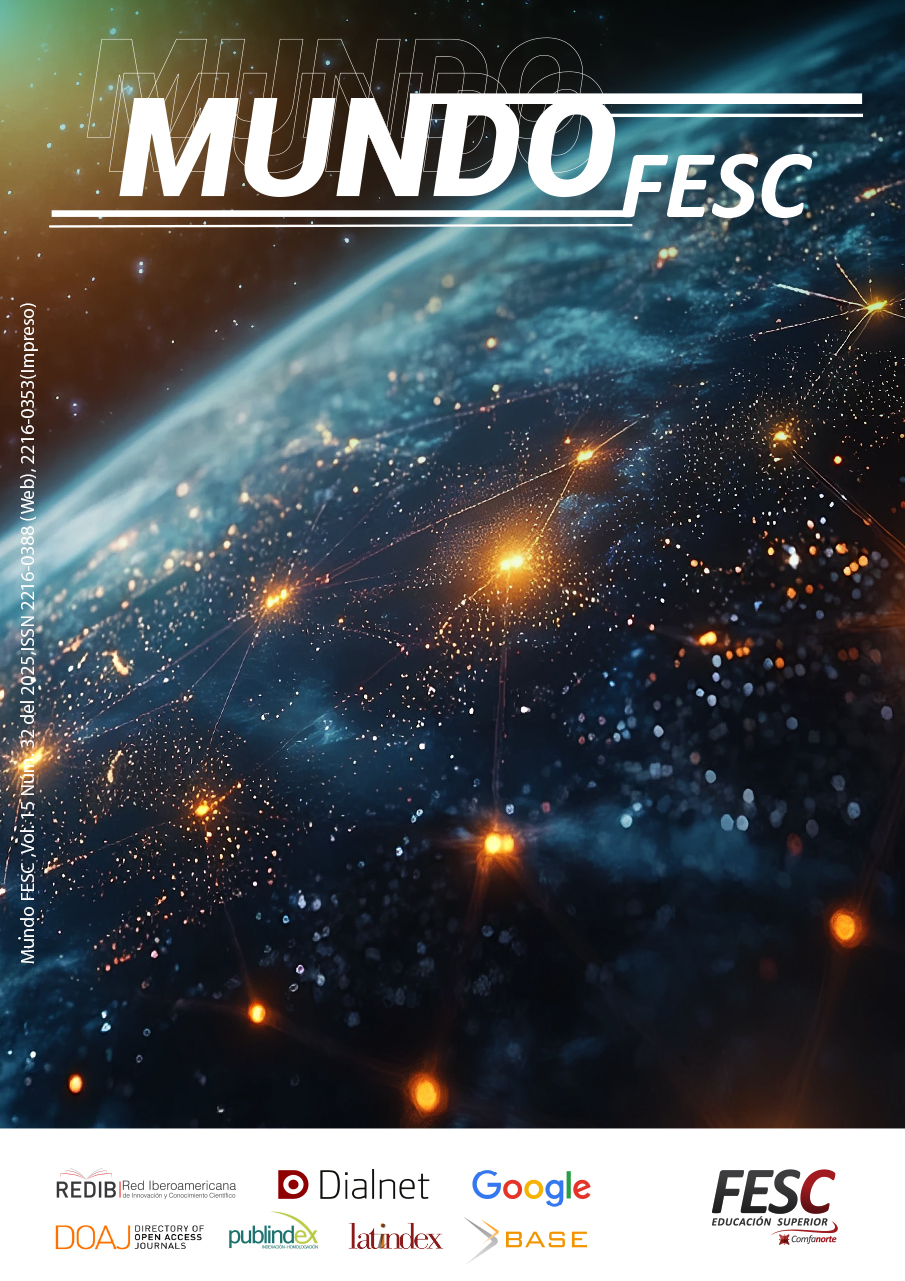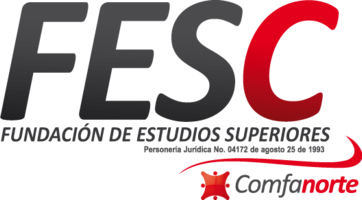Análisis comparativo de herramientas de inteligencia artificial para el desarrollo de plataformas de diagnóstico por imágenes médicas de enfermedades respiratorias
DOI:
https://doi.org/10.61799/2216-0388.1819Palabras clave:
Covid-19, Diagnóstico por imágenes médicas, Inteligencia artificial, Neumonía bacteriana, TuberculosisResumen
Las enfermedades respiratorias por virus y bacterias, como COVID-19, neumonía bacteriana y tuberculosis representan una amenaza para la salud pública en general, especialmente en contextos donde el acceso a herramientas médicas de alta tecnología es limitado. En este sentido, la inteligencia artificial ha sobresalido como una herramienta clave para optimizar el diagnóstico por imágenes médicas, mejorando la precisión y reduciendo los tiempos de atención.El objetivo general de esta investigación fue identificar, caracterizar y comparar herramientas tecnológicas que faciliten el desarrollo de plataformas de diagnóstico de enfermedades respiratorias mediante la IA. Se utilizó una metodología de tipo descriptivo con enfoque cualitativo, estructurada en cuatro etapas: revisión documental, clasificación de herramientas, diseño de una matriz comparativa y evaluación cualitativa, generando una ruta crítica de selección.Los resultados permitieron identificar y priorizar herramientas como Python, TensorFlow, ChestX-ray8, ONNX, Pydicom, Flask/FastAPI, las cuales mostraron ventajas en términos de rendimiento, compatibilidad, escalabilidad y accesibilidad. Estas herramientas ofrecen una base sólida para el desarrollo de plataformas de diagnóstico automatizado, destacando especialmente en entornos clínicos con recursos limitados.Esta investigación aporta una guía validada y consecuente para la selección de herramientas tecnológicas en proyectos de soluciones médicas, contribuyendo al desarrollo de software de uso clínico robustos, escalables y éticamente responsables.
Descargas
Referencias
x
Publicado
Número
Sección
Licencia
Derechos de autor 2025 Mundo FESC

Esta obra está bajo una licencia internacional Creative Commons Atribución-NoComercial 4.0.






